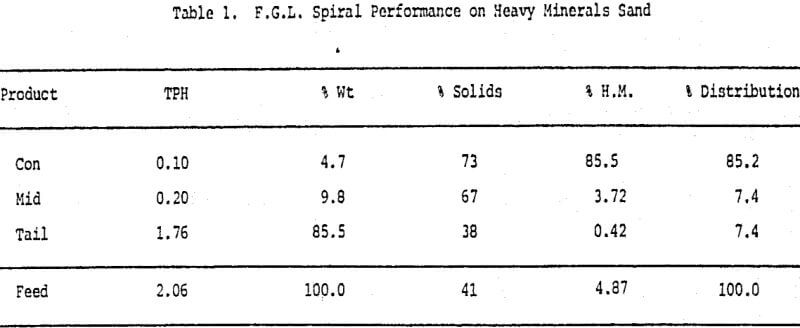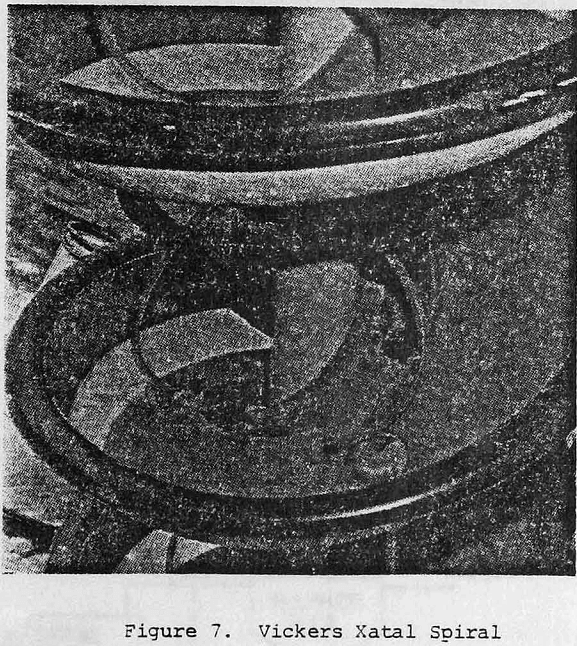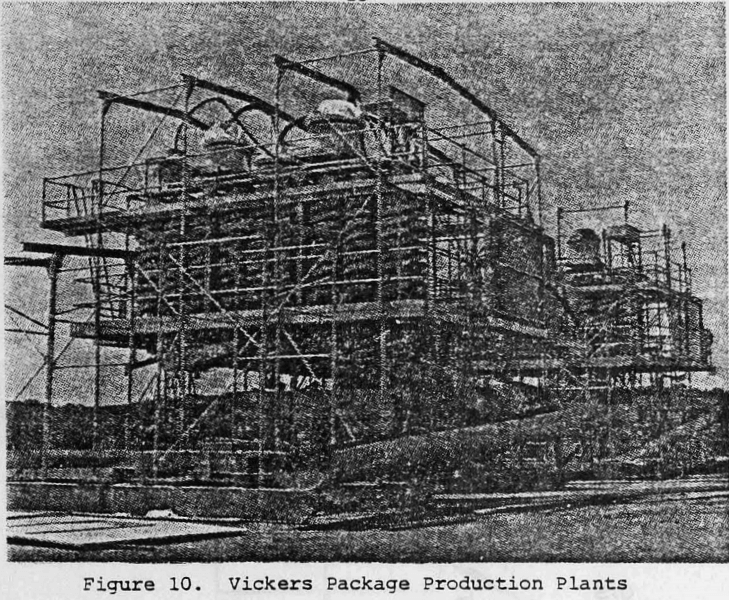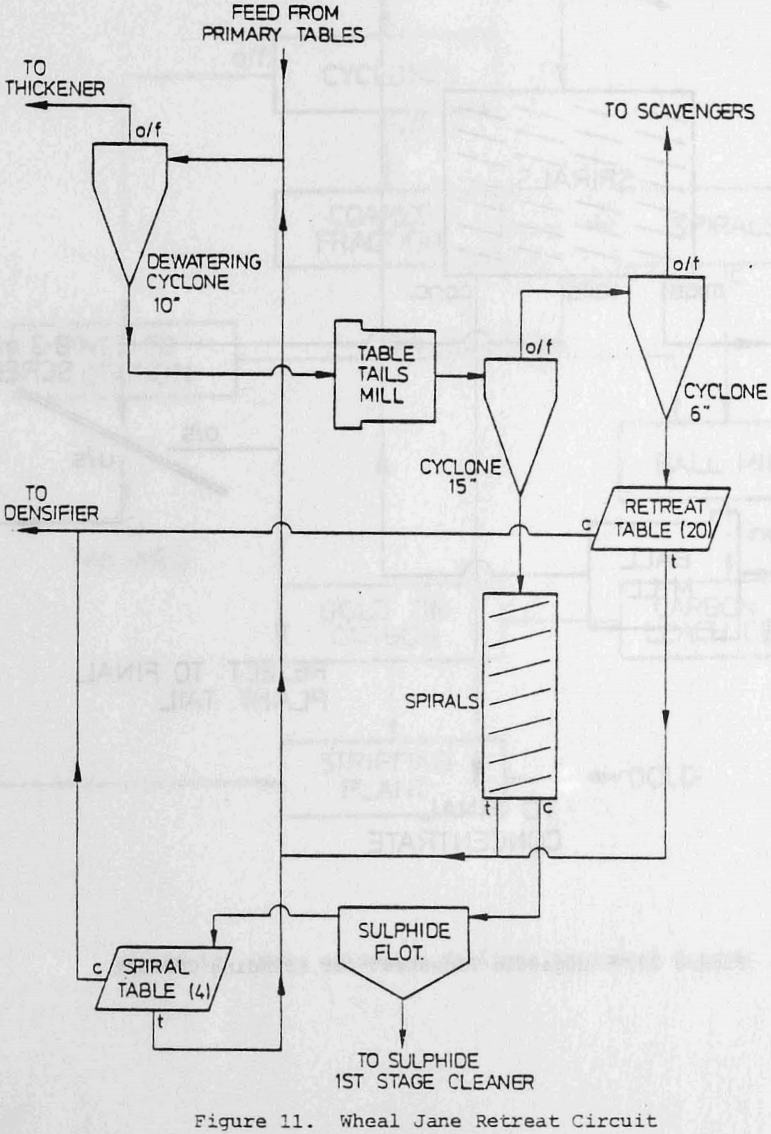Table of Contents
For some decades now, the use of gravity separation techniques to recover valuable minerals has been relatively neglected in comparison to the developments in flotation and hydrometallurgical technology. However, more recently, there has been a resurgence of interest in gravity separation, especially in utilizing its low cost to improve the economics of high tonnage and/or low grade operations.
New designs of spiral concentrators which are easy to implement and require minimal supervision whilst providing a high degree of separation have aided the resurgence by removing the main objections from operators of early designs.
Principles and Methods of Gravity Separation
Gravity separation processes can be broadly categorized into four main types:-
- Heavy medium separation (H.M.S. Baths, cyclones, etc.)
- Stratification in a pulsed or moving dense bed (Jigs).
- Film sizing with a thin flowing liquid film (Vanners, frames, etc.)
- Centrifugal separation (Hydrocyclones, centrifuges, etc.)
The principle of heavy medium separation is classically simple. If a fluid of a suitably high density can be maintained in a sufficiently stable condition, the relatively heavy particles fed into it sink, while the relatively light ones float. Heavy liquids are traditionally used in the laboratory for this type of separation but for reasons of cost and safety, industrial heavy medium separation plants generally use mixtures of water with finely ground magnetite or ferrosilicon.
In a jig the dense bed is kept mobile and stratified by a pulsating current of water, the main difference in jig design being the methods used to provide the water pulse. As with heavy medium separation, jigging provides a high- throughput, low cost process and is often used in preference to heavy medium processes where there is a need for more robust and simple operation and/or a less sharp separation can be tolerated.
As a fluid film layer flows across a plane surface its velocity increases with the distance from the surface. Thus, with dilute pulps the larger, lighter particles which project further into the faster moving upper layers are transported preferentially to the smaller heavier particles.
A variety of gravity separation devices utilize the basic principles of flowing film separation but combine these with stratified bed principles to enhance recovery and to greatly increase machine capacity. Such devices include spirals, shaking tables, sluices and Reichert cones.
Design of Gravity Separation Plants
The design of any successful gravity separation plant should begin with an understanding of the mineralogy of the feed material under consideration. This will indicate the likely success of gravity separation as well as the limitations and possible problems of such a process. The following steps usually involve the collection of quantitative data to describe the potential separation using heavy liquid analysis and/or laboratory separation devices.
The use of heavy liquid analysis to predict the response of an ore to gravity separation, especially heavy medium separation, is well accepted, though perhaps not as widely used as its potential benefits would justify. A possible alternative to heavy liquid analysis is the use of small laboratory devices such as a micropanner or Mozley Laboratory Mineral Separator.
If initial assessment is favourable then it is necessary to proceed to larger scale laboratory and batch pilot plant testwork, with the requirement that larger, representative samples are needed (0.5 to 1.0 tonnes would be a typical sample size for a plant design).
Some gravity separation operations such as those using jigs and tables may be designed using small scale versions of the full-scale devices. Testwork can be carried out on these in open-circuit using small samples and the results scaled up with reasonable confidence to predict plant operation.
Gravity separation of minerals is intended to separate mineral particles according to their specific gravities. However the separation devices tend to separate on the basis of particle weight rather than density. Therefore, for optimum gravity separation it is advisable to size new feed into various fractions and to treat each of the fractions in parallel circuits. This results in a relatively simple gravity circuit for each size fraction but also means a multiplicity of such circuits.
The concentrate and middlings are then further upgraded in parallel cleaning circuits to produce a final concentrate and a second tailings stream containing near gravity particles and middlings particles. In this instance this stream is of throw-away grade but elsewhere may be passed to a regrind mill, to liberate more values, and passed back to spiral feed.
Spiral Concentrators
Development of spiral concentrators started in the early 1940’s with the introduction of the Humphreys spiral. This was initially used in the processing of chrome-bearing sands but rapidly found applications in the treatment of beach sands containing other valuable, heavy minerals.
Under efficient operating conditions the classification of particles is coarse particles towards the centre of the spiral and finer particles further out. With a wide range of feed sizes there tends to occur a middlings area where some separation is still happening and also where stratification has taken place, with fine heavy particles underlying a layer of coarser light particles and middlings particles. It is to reduce the quantity of this middlings stream that it can be worthwhile removing heavy particles as high on the spiral as possible and also to use washwater from the centre of the spiral to wash the lighter material off the surface of the heavier layer.
However recent years have shown a resurgence in the use of spiral concentrators, with tray and Reichert cone installations in some cases being replaced by high tonnage and easy to operate spirals. Whilst improved spiral designs have been a major factor, other reasons for the trend away from trays and cones is the latter’s inflexibility and the high capital and power costs incurred to sustain the large recirculating loads required to maintain feed density, tonnage loadings, and separation efficiency, within the strict limits necessary.
The Vickers F.G.L. spiral is particularly useful in applications where there is a low proportion of heavy minerals (s.g.>2.9), such as roughing and scavenging sections. In cleaning applications or where there is a larger amount of heavy minerals, then a spiral design with more selectivity and the option to use washwater to clean the concentrate is likely to be preferred to the more robust F.G.L. design.
It is impossible to generalize on the optimum conditions for spiral operation. These will vary according to spiral type, feed material and the objectives of the separation.
The most important factor in selecting optimum operating conditions for spiral separation is to choose the correct size and type of spiral for the particular application. Important variables in spiral design are the pitch (vertical height between turns), profile, position and number of concentrate cutters and the use of washwater additions.
Following the choice of spiral, it is necessary to determine the size range of material to be treated and the preparation of that material for spiral separation. Not only are spirals in-efficient at the recovery of slime material finer than 40 micron, but the presence of a significant proportion of such material has a detrimental effect on the overall separation and so desliming of the feed is generally practised. Similarly, if the recovery of particles below 100 micron is desired, it is usually advisable to remove over-size particles.
Examples of Spiral Applications
Spiral concentrators were originally developed and used in the mineral sands industry to recover minerals such as chromite, rutile, zircon and ilmenite. In the 1960’s they tended to be superceded by the use of Reichert cones.
To treat 100 tph of feed, spiral requirements are 48 starts of F.G.L. spirals as roughers, 16 starts for middlings treatment and 8 starts of C.C.M. 2 spirals for cleaning. Indicated overall performance is 95% recovery to a grade of 95% heavy mineral. Interstage pumping requirements are small and no interstage deewatering or densification is required.
Another area where the new generation of spirals may result in the redesign of spiral circuitry is the production of silica sand for glass manufacture. In this industry the requirement is for a clean sand product rather than a high grade heavy mineral concentrate. Using spirals designed for the latter duty, with washwater and two products, resulted in relatively complex multistage, flowsheets to achieve the necessary clean sand at satisfactory yield.


















